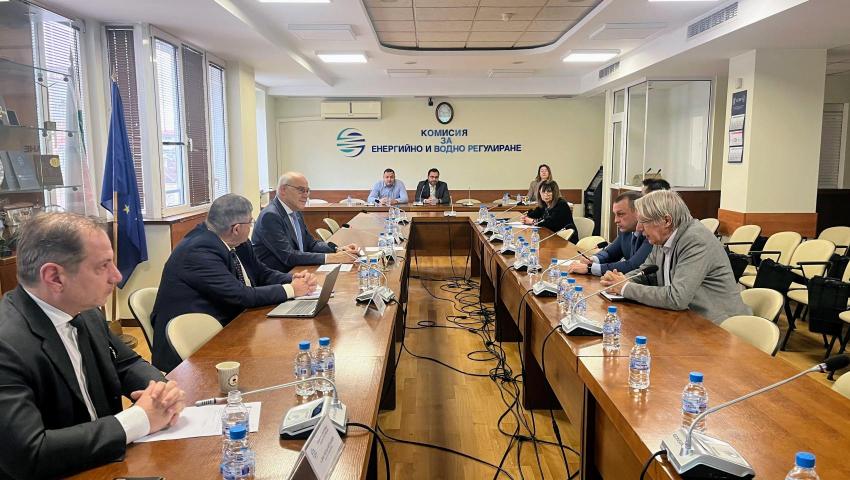The balancing energy prices will operate for a transitional period of 5-6 months
Legal requirements do not allow balancing energy prices to be released at the moment

The threshold price for concluding transactions on the balancing energy market for the provision of a system service for upward regulation should be in the amount of BGN +100 (day-ahead market price), but not lower than BGN 360/MWh", where BGN is equal to the hourly price of the day-ahead market of BNEB EAD. This is proposed with the draft decision on setting a ceiling price for transactions in the balancing energy market. The application submitted by ESO and the report of the EWRC working group were submitted to public discussion.
The Commission for Energy and Water Regulation (EWRC) must rule on the proposed project after a closed session on December 29.
Given that the reserve for automatic secondary regulation in the EEC of the Republic of Bulgaria is mainly provided by thermal power plants, the prices paid by ESO EAD to the providers of the upward regulation service should cover the producers' costs and allow effective competition. If the threshold price for concluding transactions on the balancing energy market for the provision of a system service for upward regulation is lower than BGN 360/MWh, the thermal power plants provide this service at prices below cost and realize losses.
In the case of an auction for the procurement of a reserve with a volume of up to 200 MW inclusive, the currently effective limit price for concluding transactions on the balancing energy market for the provision of a system service for downward regulation should be applied in the amount of "30%*Cpdn, but not more -higher than the regulated price of the hydroelectric plants owned by NEC EAD until 30.06.2024.
In the case of an auction for the procurement of a reserve with a volume of more than 200 MW, a more serious incentive should be provided to market participants to participate in the provision of the down regulation service, with the marginal price in the amount of "Cpdn - BGN 100". In this way, the transmission network operator is provided with an opportunity through market mechanisms to stimulate commercial participants to adhere more strictly to their production schedules and to compete in the provision of this service. The price will be applied for the period after the entry into force of the Methodology under Art. 105, paragraph 13 of the PTTE.
The proposed threshold prices for concluding transactions in the balancing energy market apply at the latest until the date on which the independent transmission operator has effectively joined all European balancing platforms under Commission Regulation (EU) 2017/2195 of 23 November 2017. to establish guidelines for electricity balancing.
During the public discussion held a few days ago, the representative of ESO EAD declared against limiting the prices of balancing energy. At the same time, he pointed out that in this regard EWRC complies with the current legislation.
NEC EAD's position is that the regulator's proposed upward regulation price is a step forward for market development, as the Commission seeks to comply with market conditions.
In response to the comments made, the head of the working group, Plamen Mladenovski, director of the "Electricity and Thermal Energy" Directorate, stated that currently the legal requirements do not allow the prices of the balancing energy to be released.
It was stated that these prices will operate for a transitional period of 5-6 months, until the effective joining of ESO EAD to all European balancing platforms, which is expected to happen by June 2024. Until then, the determined upward balancing price will not exceed -low of BGN 360/MWh should ensure that producers of balancing energy, mainly thermal power plants, which are obliged to support the energy system, will not form losses. According to him, the two objectives of the set prices for up regulation and up regulation are, on the one hand, that during the winter months the system operator does not experience difficulties when needing energy from the CHP for up regulation, and on the other hand, during the spring months of April-May to a situation was prevented when commercial participants buy energy from abroad at negative prices and deliver it to our country without an established schedule, creating a risk for the country's entire energy system. The change in the current Methodology is aimed at creating an order in which the negative prices are paid by the participants who caused a risk to the system.
